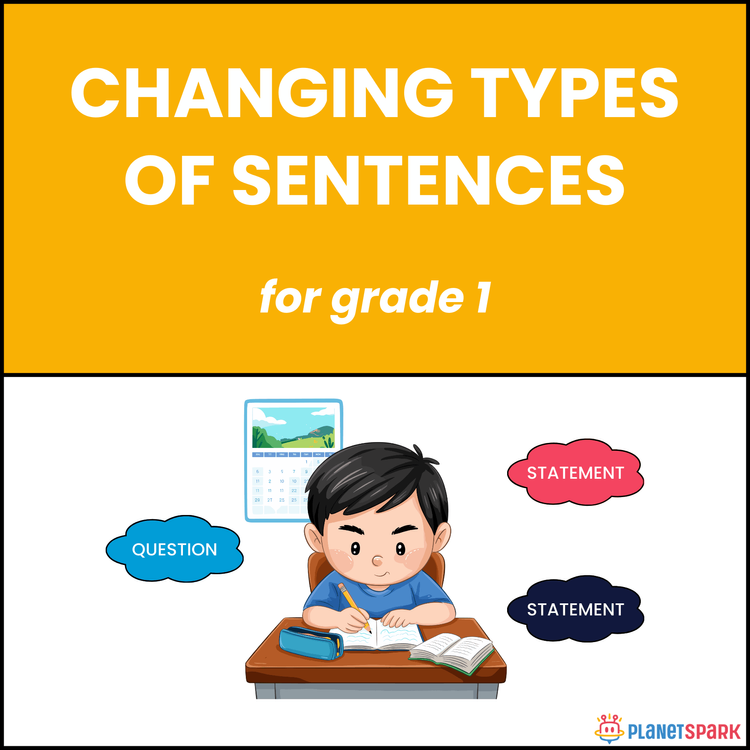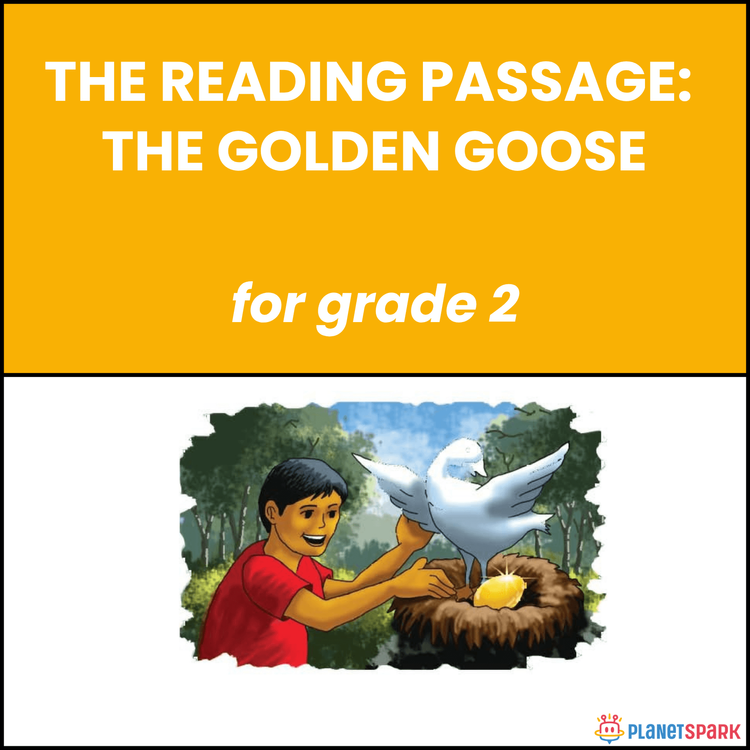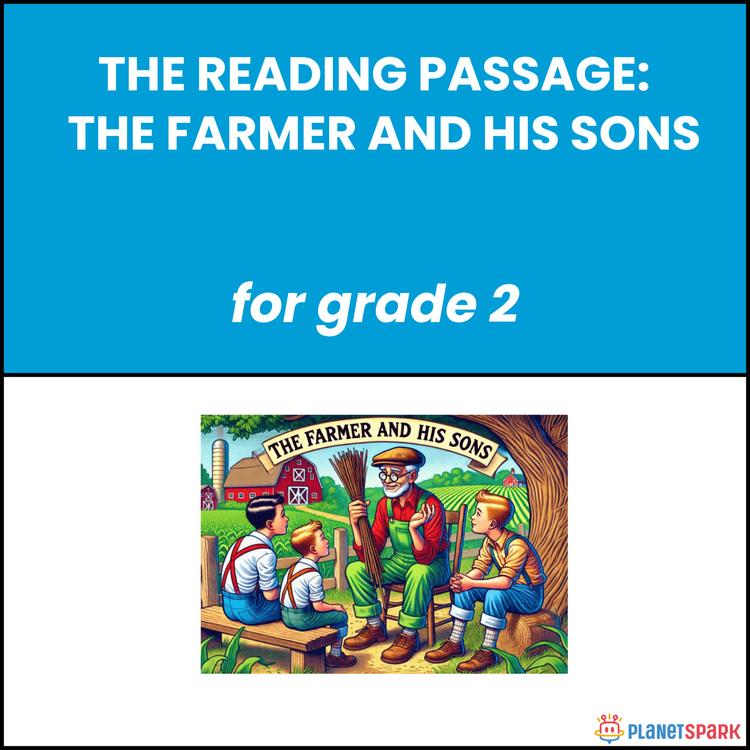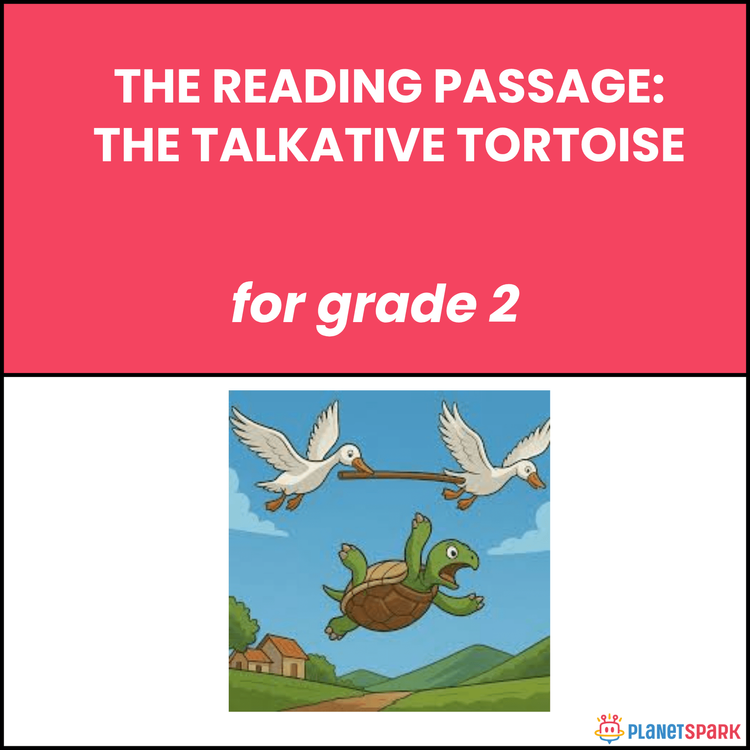Class 1 Reading Passage on Riddles for Kids
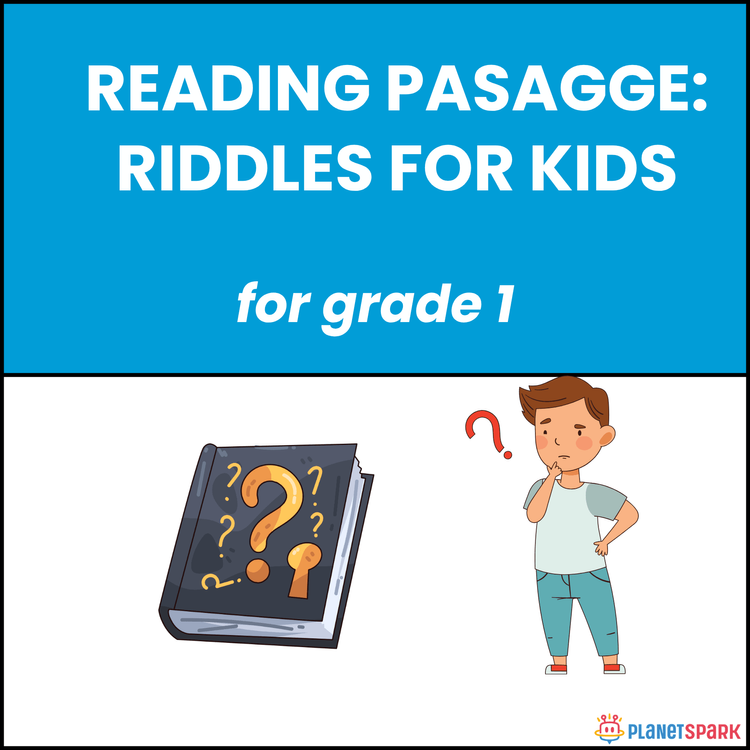

Class 1 Reading Passage on Riddles for Kids
Riddle Time Fun: Riddles for Kids Reading Comprehension for Grade 1
This Grade 1 reading comprehension worksheet, *“Riddle Time Fun: Riddles for Kids,”* encourages children to think creatively while reading. The passage describes a lively classroom where the teacher shares fun riddles — about a clock, a banana, and the moon — and the students joyfully guess the answers. Through laughter and participation, learners build thinking skills and learn how words can be playful and meaningful at the same time.
Why Reading Comprehension Matters in Grammar?
Reading comprehension helps children explore language beyond simple sentences. For Grade 1 learners, riddles are powerful tools because they:
1. Build reasoning and vocabulary through clues and wordplay.
2. Encourage curiosity and imagination.
3. Improve listening, recall, and verbal expression.
4. Make learning English interactive and joyful.
What’s Inside This Worksheet?
Exercise 1 – Multiple Choice Questions
Students answer questions about the riddles, their answers, and who shared them.
Exercise 2 – Comprehension Questions
Students recall and write one riddle from the passage, explain why riddles are fun, and even create their own!
✅ Answer Key (For Parents & Educators)
Exercise 1 – Choose the Correct Answer
1. b) A clock
2. d) Yellow
3. a) Monkeys
4. a) The moon
5. b) The teacher
6. c) Happy and smiling
Exercise 2 – Answer the Following Questions
7. “I have hands but no arms. I tell time.”
8. Riddles make us think and laugh.
9. Banana.
10. My riddle: I fly high but have no wings — it’s a kite!
Boost your child’s creativity and reading confidence with this delightful *Riddles for Kids* worksheet!
🔖Book a free trial!
Frequently Asked Questions
They build critical thinking, careful observation, and the ability to connect descriptive clues with correct answers.
They introduce descriptive words, metaphors, and creative expressions that naturally expand children's language understanding and usage.
It transforms reading into an interactive puzzle, motivating children to engage deeply with text and enjoy learning.
